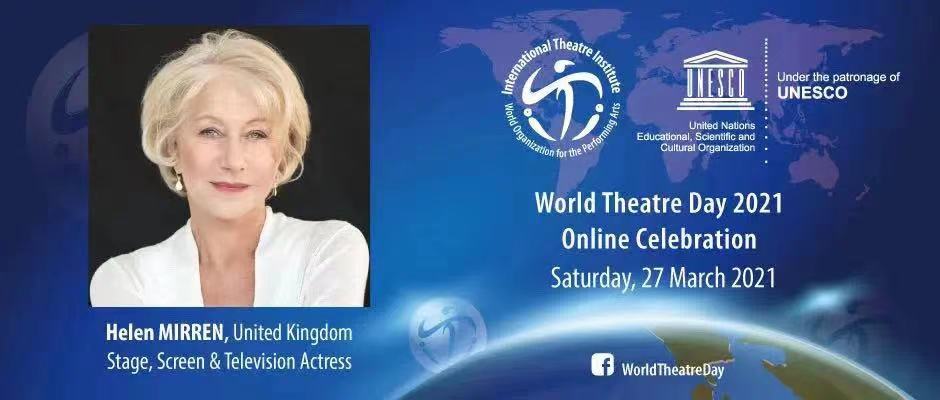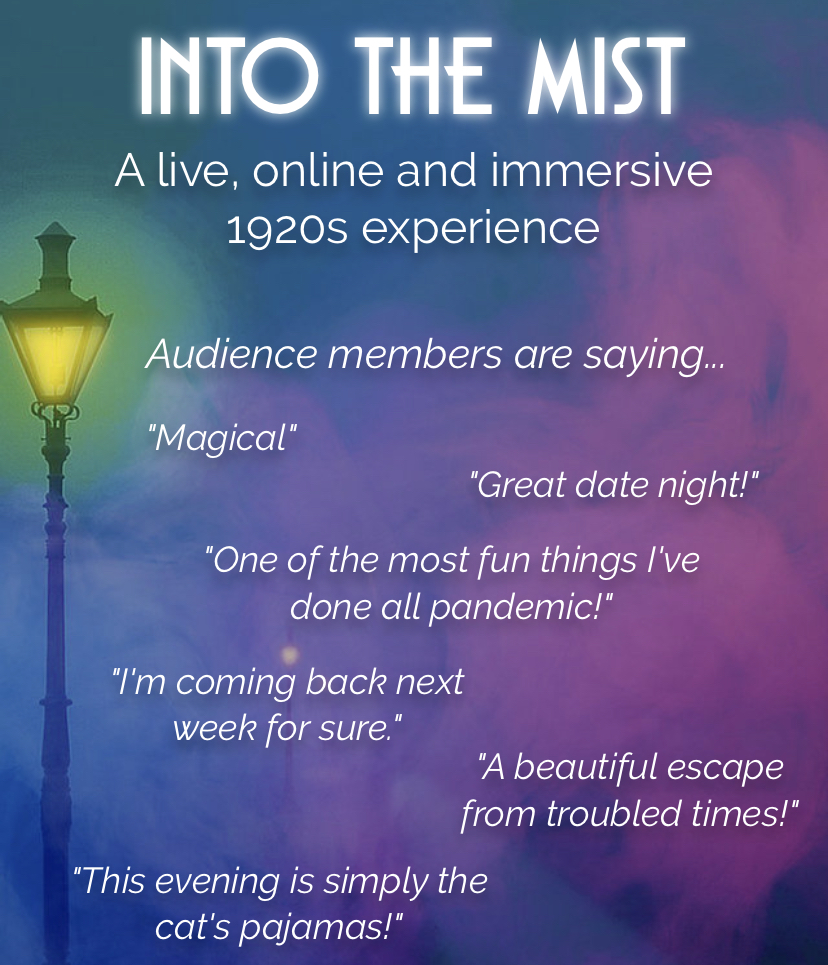Land Acknowledgement
I wish to acknowledge and honor the Miami, Delaware, Potawatomi, and Shawnee people, on whose ancestral homelands and resources Indiana University was built. Today, we benefit from the ancestral, traditional, and contemporary homelands of the Myaamia (Miami), Delaware (Lenape), Potawatomi and Shawnee people. In particular the City of Bloomington occupies the land ceded in the 1818 Treaty of St. Mary, specifically Cession 71. I recognize, support, and advocate for Indian nations, for historic Indigenous communities in Indiana, for Indigenous individuals and communities who live here now, and for those who were forcibly removed from their Homelands. By offering this Land Acknowledgement, I am dedicated to amplifying Indigenous voice & perspective and improving community relationships.
As Helen Mirren said in her message given on International Theatre Day, “this is a tough time for live performing art”. When we talk about theatre and digital technology, the first thing that pops out is likely to be live streaming. During this unique period of time when the theatre industry has found itself online, I have become concerned about the balance between the accessibility restrictions of streaming performances and the problematic lack of interactivity offered by recorded performances. The theatre is so enchanting to me because it is an art form that explores humanity and human experiences, and emphasizes the human connection. And in essence, my concern is how does theatre function when it is no longer entirely “human?”

(Source: https://www.world-theatre-day.org/ )
I once conducted a survey to find out the theater participant rate among college students with a sample of 1000 students in Wuhan, China. I found that a large percentage of respondents regard the theater as high art and think they can’t understand it. Also, it’s hard for them to access the theater and the price of a ticket to watch is high, which are two other factors that make them reluctant to watch a play.
It’s a case study done with the Chinese contextual background, but I believe accessibility and misunderstanding also echo in the States’ society. In addition to that, we’ve talked a lot about “engagement” and “relevance” when we refer to the most urgent problem in the art industry. And I found these problems might be tackled in the digital era after I watched an immersive play last Friday.
I was really curious about putting an immersive play online since it could lack interaction and connection between actors and audiences, a core aspect of live theatre. But the show blew my mind, and it led me on a magical journey to explore what happened during a ball held in the 1920s. The actors had immense interactions with audiences and each who entered the room would feel like they were the guests at the ball.
This experience triggered me to reconsider what can happen when theatre is digital. It might be a solution to “engagement” and “accessibility” issues. There is abundant space to conceptualize a design and it costs less to produce compared to alive performance. People are more likely to go to the theatre if they see the theatre once. And there might not be a better place for people to have a chance to see the theatre than online.

(Source: http://intothemist.net )
Another experience I would like to share is about watching concerts online during the pandemic. Like the people who are reluctant to go to the theatre, I don’t watch classical music concerts very often because I think I can’t understand and I’m afraid of feeling excluded. But I accidentally attended one online to finish my assignment at school. Surprisingly, I enjoyed it and I didn’t feel uncomfortable at all since there was a Q & A session, and the pianist introduced the works he was going to play.
These two experiences lead me to think that digital performances could be regarded as a new art form. And I’m doing an online project called “Voice Theatre” to confirm this idea and I’ll update how the project goes in upcoming discussions with DSF’s Digital Internship Program.
There’s no need for us to freak out that the “real” theatre will be replaced by “digital theatre”; what we need to think about is to design work exactly for streaming online. We used to be unwilling to put theatre online because we were not familiar with this trend and did not know how to handle it. We need to adapt to this irresistible trend to make our work more compatible for online presentation, and how to solve this is the question for theatre artists and administrators to think about.
Sources:
https://www.thespace.org/resource/when-theatre-goes-digital
https://www.rte.ie/brainstorm/2019/0430/1046600-when-theatre-goes-digital/
https://firstnations.indiana.edu/land-acknowledgement/index.html
https://americanindiancoc.org/native-american-tribes-the-indian-history-in-bloomington-indiana/

Fan (Irene) Yi
She, her, hers
DSF Digital Internship Participant
Indiana University Bloomington
M.A. Arts Administration, Class of 2021